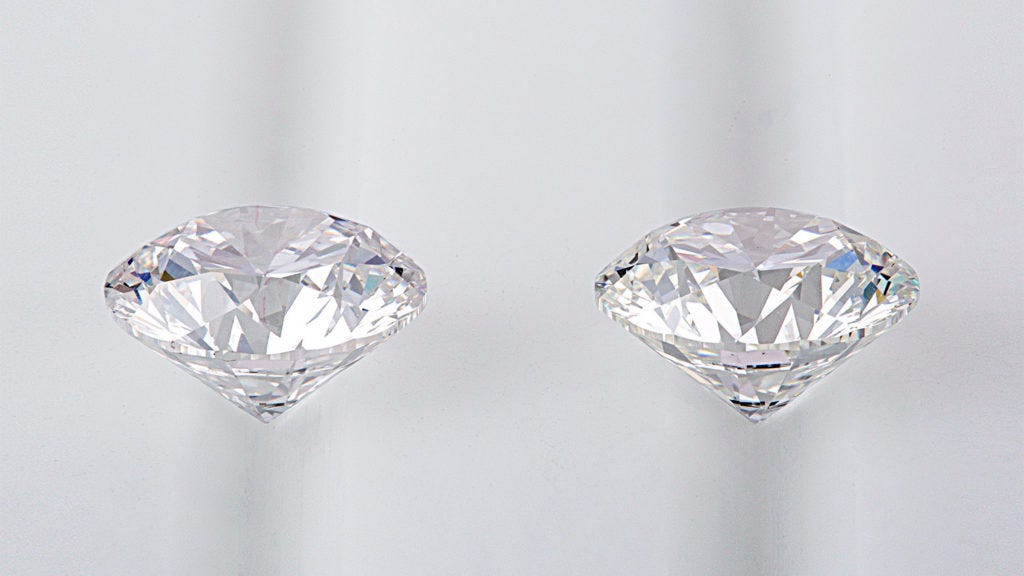Watering houseplants is obviously necessary and largely determines the health of the plant, says Bloompost. Many people give their indoor plants cold tap water. Some plants are sensitive to this, however, so it is better to use water at room temperature. Rainwater is even better, as it contains less calcium.
Water transports the nutrients in a plant and is therefore of great importance to a plant, but it can also kill the plant. In fact; too much water is the cause of death in houseplants. Unlike outdoor plants, an indoor plant cannot drain its water, potentially resulting in excess water in the pot. This can cause the roots to suffocate and plants to absorb fewer nutrients.
What is “much” or “little” water?
Every indoor plant has its own requirements. Logically, a plant from the desert will need less water than a plant from the rainforest. Simply put, you can divide all indoor plants into 3 categories with regard to water requirements.
- High: Keep soil moist at all times.
- Medium: Let soil dry out briefly before a new watering.
- Little: Let soil dry out for a longer period of time.
Keep in mind that a houseplant where the soil should always be moist does not necessarily need a lot of water.
What is ‘too much’ or ‘too little’ water?
Too much water is when the soil cannot absorb all the water within 24 hours. There will be a layer of water at the bottom of the pot.
Too little water is given when the entire root ball is not moist. This can leave some of the roots dry. This can be especially harmful if the plant consists of several unloaded cuttings. One or more cuttings can then not absorb water.
For plants that need little water, such as a Yucca. It is better to give a large amount every now and then and then skip it for a while. In this way the clod will be well moist when watering and the roots will also be dry for a longer period.
Other care tips for your houseplants
Use a clean vase, suitable vase
Use a vase in which flower stems have room and make sure the vase is clean. Glass vases are generally easy to clean (dishwasher or washing with chlorine). Moreover, you can easily see if the bouquet still has enough water. It is preferable not to use a crystal or metal vase, as these will contaminate the water (more quickly). Tip: put vases upside down in the cupboard, so they stay clean.
Add flower food
Cut flower food helps the flowers develop beautifully and stay fresh longer. Therefore it is important that you add the nutrients to the water in the ratio as indicated. Make sure you add enough water; too much nutrient in too little water will ‘burn’ the flower stems! For some flower types there are special feeds available. Ask your florist about them.
Tap water in the vase
Flowers do not need well water; tap water is fine. The ideal temperature for this differs per flower type. That is why lukewarm/hand-warm water is generally recommended. Do you have a bouquet or a plant gift of a certain type of flower and would you like to know the ideal water temperature? Ask the florist.
If you add flower food, changing the vase water in between is usually not necessary. However, some flower types pollute the water very much. Then it is advisable to change the water after a few days. Do not forget to add new flower food.





:max_bytes(150000):strip_icc()/Web_1500-bri-lab-grown-diamonds-test-ritani-r3-jthompson-0553-145b55fc41804261b85c96b1ca63a28b.jpg)